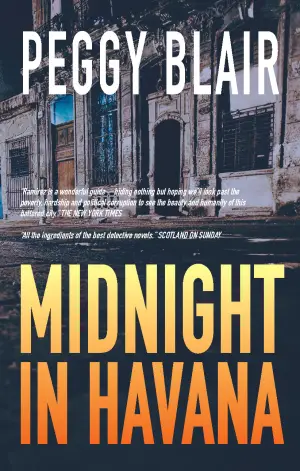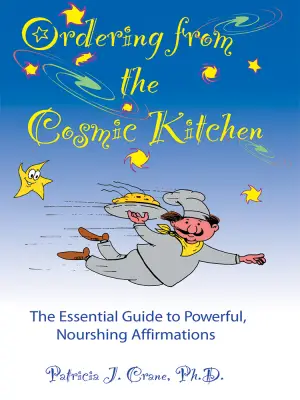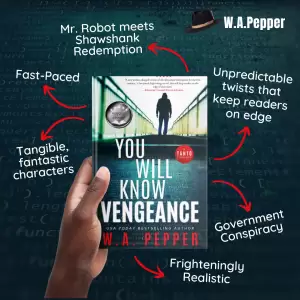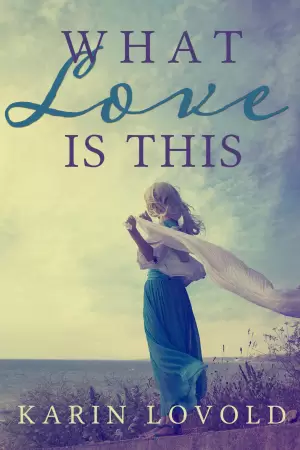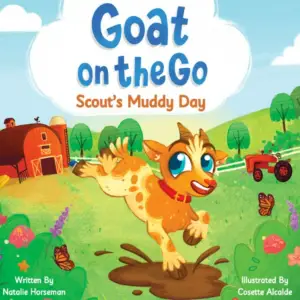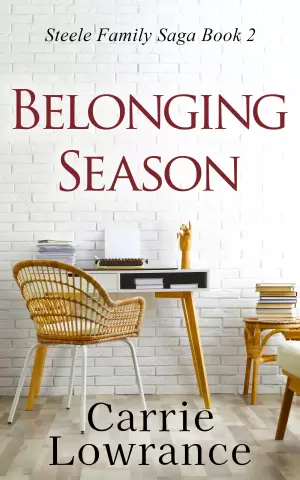A Heartfelt Reflection on Girl in Pieces
When I first picked up Girl in Pieces by Kathleen Glasgow, I was drawn in by its haunting cover and the promise of an honest exploration of grief and resilience. As someone who has navigated the often tumultuous waters of adolescence, I felt an immediate connection to Charlotte "Charlie" Davis—a seventeen-year-old who is quite literally put together with broken pieces. In this deeply moving debut, Glasgow masterfully encapsulates the emotional landscape of a girl struggling against overwhelming odds, and it’s a journey that stays with you long after you turn the final page.
At its core, Girl in Pieces confronts themes that are potent and raw. From loss to self-harm to the complex dynamics of familial relationships, the narrative weaves a rich tapestry of emotions that many readers can relate to, whether directly or indirectly. Charlie has experienced losses that would break many: her father’s tragic fate, a best friend gone too soon, and a mother grappling with her own demons. The simplicity yet profundity of Charlie’s struggle is encapsulated in her relationship with broken glass—an addiction to self-harm that offers her fleeting calm amidst chaos. This metaphor resonates powerfully throughout the story, drawing attention to the ways we seek escape or solace in destructive patterns.
Glasgow’s writing style is both intimate and evocative. Her choice of words paints vivid imagery that allows readers to deeply feel Charlie’s pain and resilience. For instance, when she describes the sensation of shattering glass, you can almost hear and feel the shards, making the experience almost visceral. The pacing, while reflective at times, mirrors Charlie’s journey toward healing—a slow and often painful process that requires the protagonist (and the reader) to confront uncomfortable truths. It’s a necessary pace that allows for genuine emotional exploration, rather than a sensationalized narrative.
One memorable quote encapsulated this essence: “You don’t have to think about your father and the river. Your best friend, who is gone forever.” The weight of such thoughts illustrates the depth of Charlie’s grief and the struggle to articulate pain that many find impossible. It reminds us of our humanity—that the act of navigating sorrow can sometimes feel heavier than the sorrow itself.
Girl in Pieces is not just a story for teens; it’s for anyone who has faced adversity and grappled with the question of identity amidst turmoil. It speaks volumes about mental health, offering an unflinching look at the complexities of grief and the journey toward healing. If you’re someone who cherishes books that delve into emotional depth, or if you’ve battled your own demons, this book will resonate in a profound way.
In conclusion, Girl in Pieces is a beautifully crafted reminder that we are all, in some ways, pieces longing to be whole. It taught me the importance of embracing vulnerability, showing that even in our most shattered states, there exists the strength to rebuild. I wholeheartedly recommend it to readers seeking a heartfelt exploration of resilience and hope in the face of life’s unimaginable losses. If you’re ready to embark on a journey that is heavy yet healing, let Charlie show you the way.





